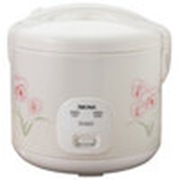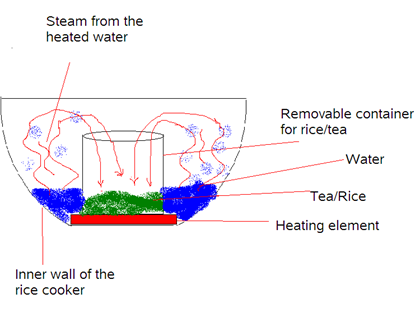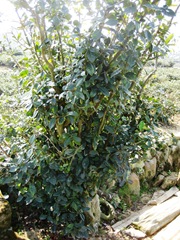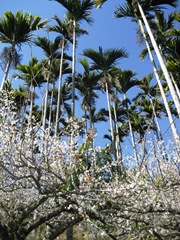I've only used my Aroma-brand rice cooker for rice cooker roasting/freshening. My first experiment was with a Shanlinxi high mountain oolong that a friend gave me in early 2008. It was a premium-grade product and I had a bit more than a 1/2 pound of it. Excitedly, I opened the gift, only to find that the bag it came in had off-gassed into the tea, creating a plasticky odor. I brewed the tea several times and it tasted really off.
Having nothing to lose, I put the entire bag into my cooker and added a bit of water under the lid to create some steam. I figured that the steam would help the tea to release its odor. Adding water directly to the tea would have, in my opinion at that time, created too much direct moisture in inconsistent spots.
The result was simply marvelous. That is how I first got addicted to using my rice cooker to freshen all of my good but old teas. There are, however, important shortcomings with the roaster that I'll mention in later posts.
One of the big and important differences between roasting with rice cooker and a roasting machine is that a rice cooker is meant to cook by enclosed heat. Once the contents to be cooked are placed within the unit, it's sealed up and no air circulates. A tea roaster is made so that air can easily circulate within the unit. Roasting machines continuously circulate air. The circulation of air is vitally important, as it not only carries away improper odors in the tea (Zawei), but the oxygen assists in creating the proper smell of the tea. Too much air, though, is not a good thing either, nor is exposure to air with strong odors (like perfume, foods, etc). I once used my rice cooker to work on a tea while a friend cooked lamb meat with a lot of garlic and onions and you can imagine what my tea tasted and smelled like. I imagine that a convection oven would be even better for roasting tea than a rice cooker, but I've yet to try.
Since I've started to warm the teas with the lid partially open (via a chopstick that keeps the lid from closing), I believe that my results have improved. Additionally, whether with a professional roaster or a rice cooker, there is no exact recipe to follow. Tea changes every season and throughout the season, so knowing when a tea is "ready" is a matter of experience and personal preference. I have yet to be able to exactly reproduce two batches of the same tea. My masters have said that this is not possible to make teas that are exactly the same unless the exact same tea was roasted in identical conditions at the same time. Vary the time by even a few days and the result will not be the same - but generally close enough.
How do you know if a tea you've been working on is ready? Brew it, then smell and drink it to see if it's the right flavor. How do you know if it's the right flavor? Remember what the flavor and smell is of the tea that you like. In my roasting experience, I've created some surprisingly good products that were actually mistakes. Take it easy and play around with the tea. Take a black tea and add different extracts to it. There's a lot of fun to be had through experimentation
In part III of the series, I'll give a quick rundown of some of the important lessons I've learned from my experiments.












